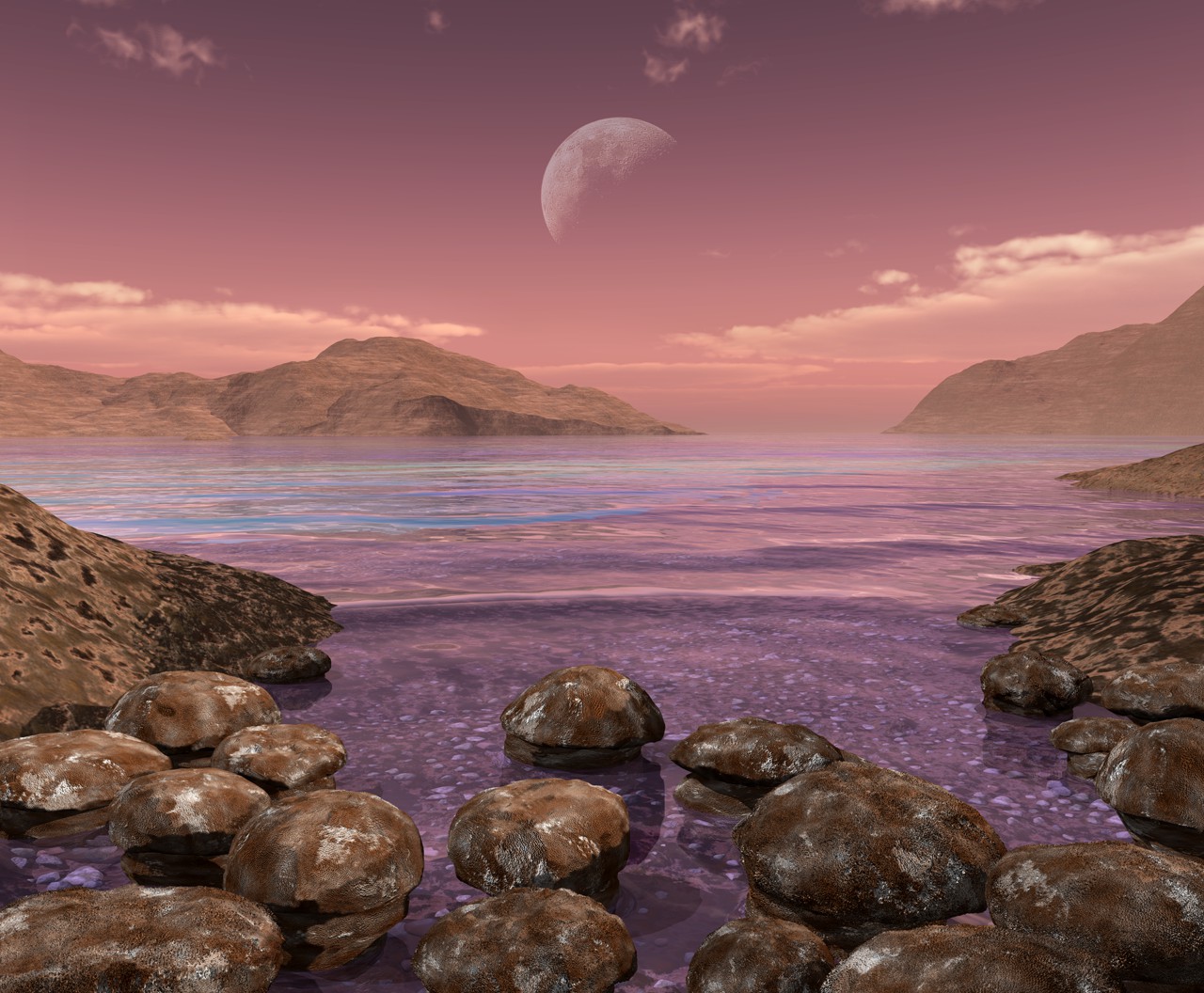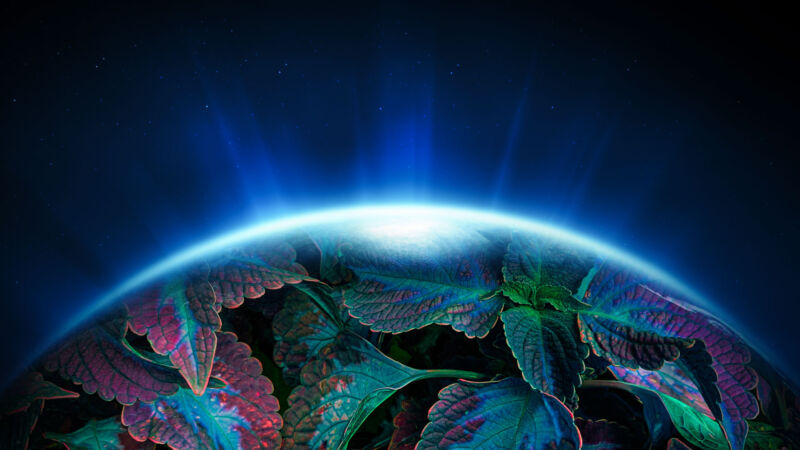The Great Oxygenation Event, which occurred around 2.4 billion years ago, was one of the biggest transformations of our planet. Before it, there was practically no oxygen in the atmosphere; after, there was.
Conventionally, the rise of oxygen is seen as life triumphantly terraforming a passive planet. But we’re learning now that Earth was an active participant, and it took two more big lifts of oxygen over the succeeding 2 billion years before it reached breathable levels. So which was more responsible for oxygen’s rise on Earth: the evolution of life or the evolution of the planet? Nature or nurture? And does the same answer apply to all of the rises of oxygen in Earth’s past?
It’s a question beyond curiosity about our past, as it also affects how we might interpret signs of life on exoplanets.
Alien Earth
For almost half of our planet's existence—the entire time before the Great Oxygenation Event, or GOE—Earth was effectively an alien planet. Apart from the obvious (the air was unbreathable), the oceans also lacked oxygen and were full of dissolved iron, while land was lethally irradiated by ultraviolet light, as the atmosphere lacked an ozone layer. Even the colour palette was alien: Land lacked the reddish hues of dirt and the greens of vegetation, while the sky was pinkish-orange due to high methane levels.
Life began in that alien environment, and at some point between 3.2 and 2.8 billion years ago, cyanobacteria began to use sunlight to split hydrogen from water, discarding oxygen as waste. That was a whopping 400 million to 800 million years before the GOE, roughly the same time that separates the present from the dawn of complex life.
“Life turned on this set of reactions that can produce oxygen, but what we know from the geological record is that didn't immediately result in huge amounts of oxygen in the atmosphere,” said Dr. Benjamin Mills of the University of Leeds.
Clearly, the invention of oxygen-producing photosynthesis wasn’t enough by itself to oxygenate the atmosphere.

Earth as oxygenator
Earth loses about 90 tons of gas—mainly hydrogen and helium—to space every day. That’s tiny compared to the mass of our atmosphere, so there’s no cause for alarm. But before the GOE, hydrogen loss to space was so massive that it left an imbalance between isotopes of hydrogen today because hydrogen escapes more easily than deuterium, its heavier isotope. That imbalance shows Earth lost the equivalent of a quarter of the water that had filled its oceans due to hydrogen loss.
“The mantle initially could have contained more water than it does now, and that water came out of the mantle initially in the form of hydrogen,” explained Professor Rajdeep Dasgupta of Rice University.
Losing hydrogen from H2O but keeping the oxygen pushed Earth toward an oxidizing environment, the same way it was developed on Mars. Mars has just enough oxygen, which was left behind after the hydrogen from its water leaked into space, to rust its surface red,
“There is a net oxidation of the planet, including the atmosphere, including the crust and the mantle through time,” Dasgupta said about Earth.



3175x175(CURRENT).thumb.jpg.b05acc060982b36f5891ba728e6d953c.jpg)

Recommended Comments
There are no comments to display.
Join the conversation
You can post now and register later. If you have an account, sign in now to post with your account.
Note: Your post will require moderator approval before it will be visible.